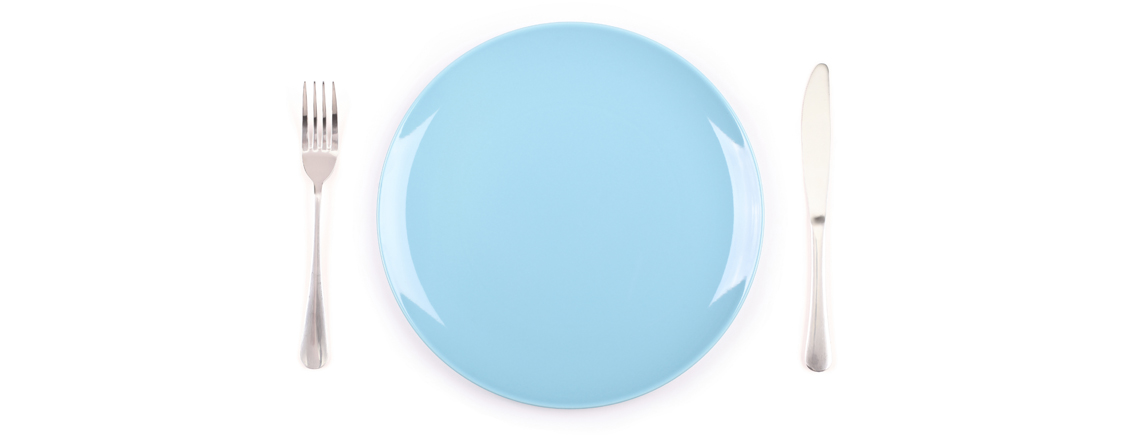What’s ‘IF?’ Exploring Intermittent Fasting
By Mike Dineen
For decades, North Americans have been indoctrinated with the idea that proper nutrition requires that we eat three meals per day, spread out between breakfast, lunch, and dinner – with breakfast being the “most important meal of the day.”
That same three-meals-a-day advice has undergone several modifications, the most current belief being that five or six small meals are superior to three large ones, in order to “keep our metabolism going all day” and (supposedly) prevent us from gorging ourselves when we do eat.
But what if there is an alternative to our traditional approach to eating? One that devotees claim is better suited to our lifestyles and can help us lose weight, build muscle, and save time?
Not to be confused with dieting, intermittent fasting involves continuing to eat the same amount of calories you normally would, but doing so during a designated window of time.
Although the science is still in its infancy, intermittent fasting (also called IF) has shown promising results for folks looking for an alternative that enables them to simultaneously lose fat and build muscle (as opposed to the typical bulk/cut regime others follow).
IF calls into question the commonly held belief that our bodies are constantly in need of caloric intake, when in fact the opposite may be true. Our bodies are incredibly adaptable and can naturally toggle between using calories we eat for energy with calories we have stored in the form of glycogen or fat.
The routine dictates that during fasting windows, you should continue to drink water, and can even enjoy black tea, coffee or green tea to help keep your hunger at bay. There are a variety of different IF regimes to choose from, depending on your goals and lifestyle. Here are two of the most common and practical:
The Daily Fast: During each 24-hour period, you can designate anywhere from eight hours to four hours as your feeding window. For example, you could consume your daily caloric intake between 12 pm and 8 pm each day, remaining fasted from 8 pm at night until lunch the next day.
The Weekly Fast: This involves eating normally six days of the week, then fasting for one full 24-hour period. For example, you could eat your final meal at 8 p.m. on Saturday night, then fast until Sunday night at 8 p.m.
At first glance, IF might seem like a “new” trend or a passing fad – or perhaps even a drastic or dangerous “crash” diet. However, consider that fasting is in fact an age-old ritual practiced by many cultures and religions all over the world for its benefits to physical and mental health.
First-time contributor Mike Dineen will regularly explore new health, fitness and sustainability trends for the AHAALIving.com blog. We’d love to hear what you think about Intermittent Fasting. Have you tried it? What do you think?






